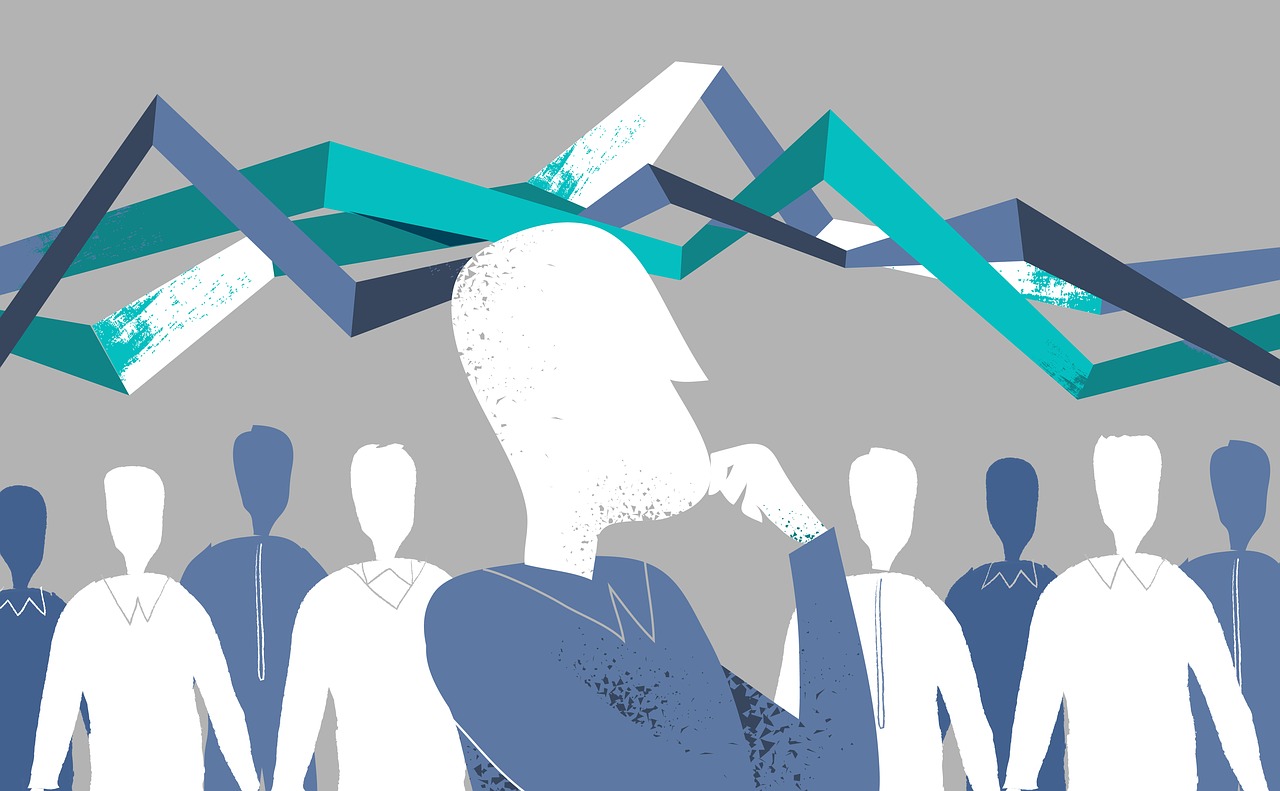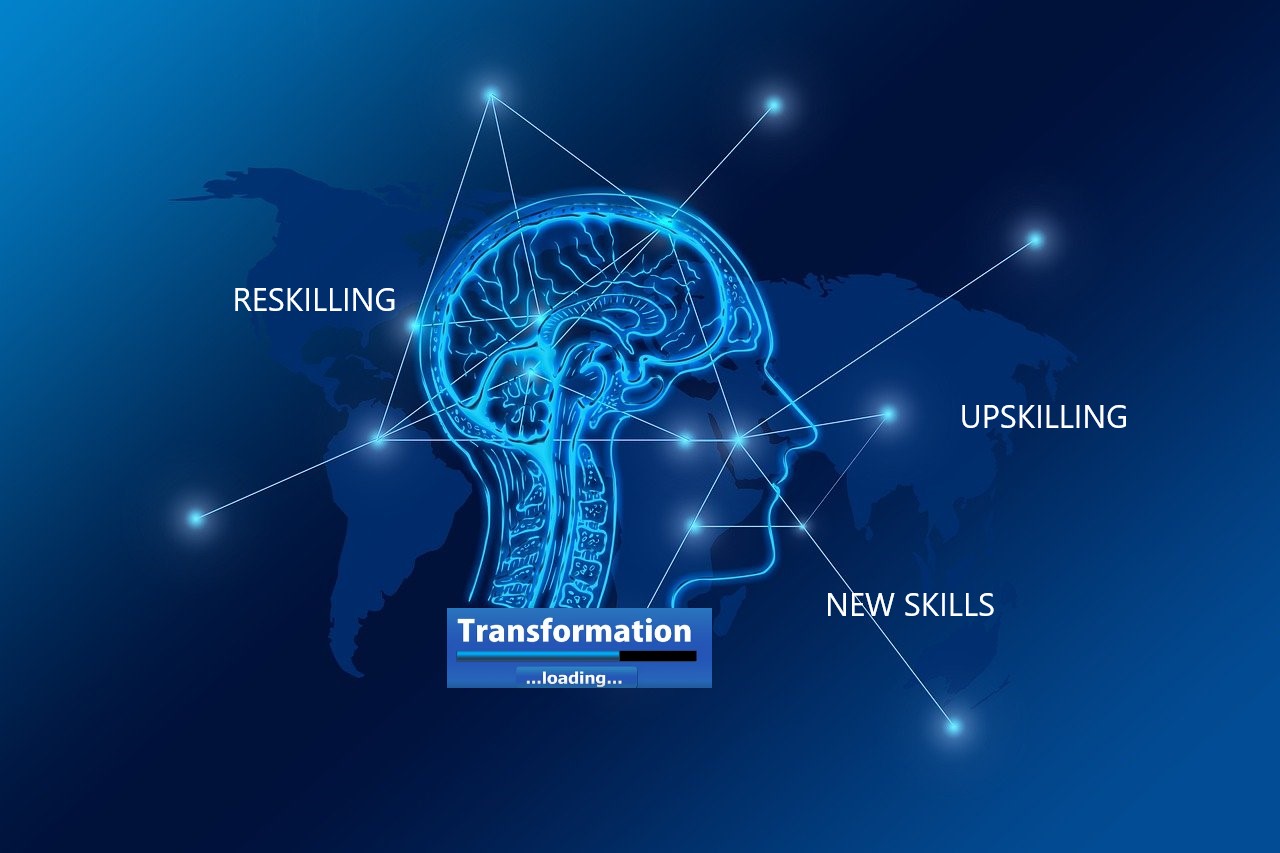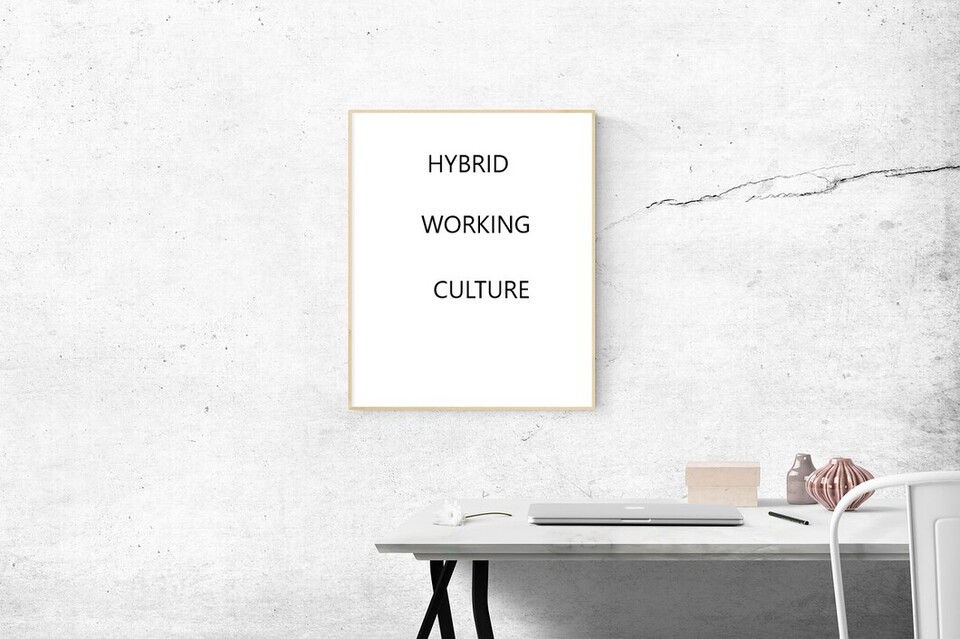
To adapt to the future of work, it’s critical to adopt the latest HR trends and make your workplace practices aligned with workplace norms. Employers are putting employees first, understanding their needs, making work easier for them, and improving their well-being in order to attract and retain top talent.
We hope that this article gives you a good overview of the various future HR trends that are predicted to affect the future of employment.
What are the most significant Future HR Trends & developments?
HR professionals must focus on creating a hybrid workforce model – one in which employees can work from both on-site and remote locations and have greater flexibility in how and when they work. Therefore, HR leaders need to redefine how they identify, recruit, and retain critical skills, and redesign their processes to improve employee value propositions (EVP) and drive business performance.
Trend No. 1: Reskilling, Upskilling & Flexibility

Professional learning and development are essential for providing an engaging employment experience. According to the World Economic Forum, workplace technology will change more than one-third of all jobs worldwide. In other words, over a billion people will require reskilling and upskilling to keep up with the Fourth Industrial Revolution.
Employees can now get training on demand owing to the HR digital transformation. Future workers of frontline industries will be reskilled, upskilled, and able to learn new skills wherever and whenever they are most convenient for them. Aside from highly technical or scientific talents, success will require creativity, teamwork, and interpersonal dynamics, as well as skills in specialized sales, human resources, care, and education areas.
“According to Gartner, in 2022, 59 percent of HR leaders will prioritize key skill development.”
Along with innovative policy solutions and business efforts to reskill and upskill employees, it is vital that public and private sectors interact to create a new agenda that improves lives by empowering people with the resources and tools they require. This emphasis on reskilling and future-proofing workforces for future jobs will help to improve social mobility, which is a crucial component in lowering inequality.
For example, PricewaterhouseCoopers (PwC), a consulting firm, paid $3 billion upskilling employees who had worked with the company for three years or longer. This is one of PwC’s most ambitious upskilling programmes, which includes day-release training.
Trend No. 2: Hybrid work environment

The full picture of hybrid workplace culture is still developing. The transition to hybrid work will be a huge driver of change, and HR leaders must be ready to support it. It’s difficult for both managers and employees to develop a sense of belonging in a mixed setting. Leaders must analyze their business plan and determine what two or three items they require to achieve success. It is critical to operationalize culture and make employees feel a part of it, regardless of where they work.
Focus on how to engage the desired behaviors in planning, regardless of where people are located. The companies that do this right will grasp the new drivers of culture and how culture is operationalized in the virtual or hybrid workplaces.
A hybrid workplace approach is not suitable to all companies. And no one-size-fits-all solution exists. Each organization must choose what works best for them and make the required arrangements based on their business needs, organizational structure, and work culture. The main idea is to ensure that work gets done without pushing employees to adjust to an inconvenient system, as well as to maintain strict work and safety rules.
Individual teams at Amazon can choose how they want to work. Some teams may even choose to work in the metaverse—virtual reality-enabled workspaces.
Hubspot, a sales and marketing software company, has provided its employees with three options: @home, @office, and @flex. Employees can choose to work from home the majority of the time, attend to the office three or more days per week, or have a hybrid workflow. Hubspot will strengthen their remote-friendly strategy and boost employee well-being with this project.
Trend No. 3: People Analytics And Automation

People analytics is getting the attention it deserves as firms try to accomplish more with less in the talent arena. Businesses may use the right people analytics tools to make better decisions. AI, streamlined workflows, chatbots, automated onboarding processes, and instant manager approvals will lead to a more automated, efficient work environment.
These technologies are being used by businesses to identify and close wage inequalities based on gender, race, and other significant demographic factors. Employers can use people analytics to determine which talents are most in demand and where to allocate resources. It also provides the information needed to detect inefficient procedures and develop superior AI solutions.
HR’s interaction with the workforce is constantly being reinvented by new technology. Today’s workplace realizes the need of putting employee development first. You build your business by growing your people. Evidence-based practices help organizations achieve sustainable outcomes, cultivate employee retention, and create a positive workplace culture.
HR departments have recently seen a tremendous acceleration in the usage of cloud technologies to automate and manage their operations, according to Jared Rosenthal, CEO and founder of the automated onboarding and screening system StaffGlass.
Trend No. 4: Employee appreciation and feeling valued

Employee job satisfaction is enhanced by feeling valued at work. Recognition and gratitude have a significant impact on an organization’s overall performance. To meet employees’ expectations for being heard and valued, human resources leaders must create a more human employer-employee relationship and employment deal.
“In spite of the fact that 82% of employers believe employees leave for higher salaries, only 12% do so. “Lack of appreciation” is cited as the reason for 79 percent of persons quitting their jobs.”
Observe what your employees do on a daily basis. To foster a more positive workplace atmosphere, express gratitude, keep an eye out for good work and recognize it, and celebrate accomplishment. Employees will feel valued if they know you and others are interested in hearing their unique perspectives.
An act of appreciation should include specific details about what the employee did that made a difference. Thank them with a heartfelt note, a little gift, or a substantial employee reward. Showcase their achievements and outstanding work on your company’s intranet or Wall of Fame so that others can recognize their worth. The workplace can be made more welcoming by valuing employees as individuals.
It’s vital to provide your executives the authority to express gratitude and make staff feel valued. Providing your employees with more meaningful recognition experiences cuts attrition dramatically. Watch the magic happen when you incorporate employee gratitude into your everyday habits and work routines.
At Chanty, which offers collaboration software, each employee received a $100 bonus to use towards a family party or gift.
Trend No. 5: Workplace equity, diversity & inclusion

Equality, diversity, and inclusion (ED&I) in the workplace has evolved beyond legal requirements. Though the law continues to play a significant role in how businesses view ED&I, the expectations of what businesses must do have shifted. Future HR trends have emphasized workplace diversity and the adoption of an inclusive corporate culture.
Diversity, equity, and inclusion are essential components to the culture of a company that aspires to do well in the future. It allows individuals to proudly bring their life experiences to work, as well as making companies more competitive in the labor market. HR professionals can use digital transformation to bring diversity, equity, and inclusion strategies to life. Businesses may provide their employees with the platform they need to express their stories using mobile tools and technology as part of leading future HR trends.
Leaders must lead by example, creating diverse workplaces, fair opportunities, and inclusive workplace cultures. Apple, IBM, Airbnb, Netflix, and Google, for example, all have strong DEI manifestos. They’ve formed DEI strategy teams that are actively working to implement them. A good reputation is earned not just by happy consumers, but also by happy employees. Potential employees will compete to work for you, and customers will be more motivated to hire you or buy your products if you are known in the community for establishing a healthy, inclusive work atmosphere.
Final Thoughts
The future is never guaranteed, but we have a good feeling about what we’re witnessing here. Is there anything we overlooked, or any trends you’d like to add?
Subscribe to our newsletter for all of our latest stories on the world of work and join our community of HR professionals, managers, and business leaders.



1 Comment
Comments are closed.